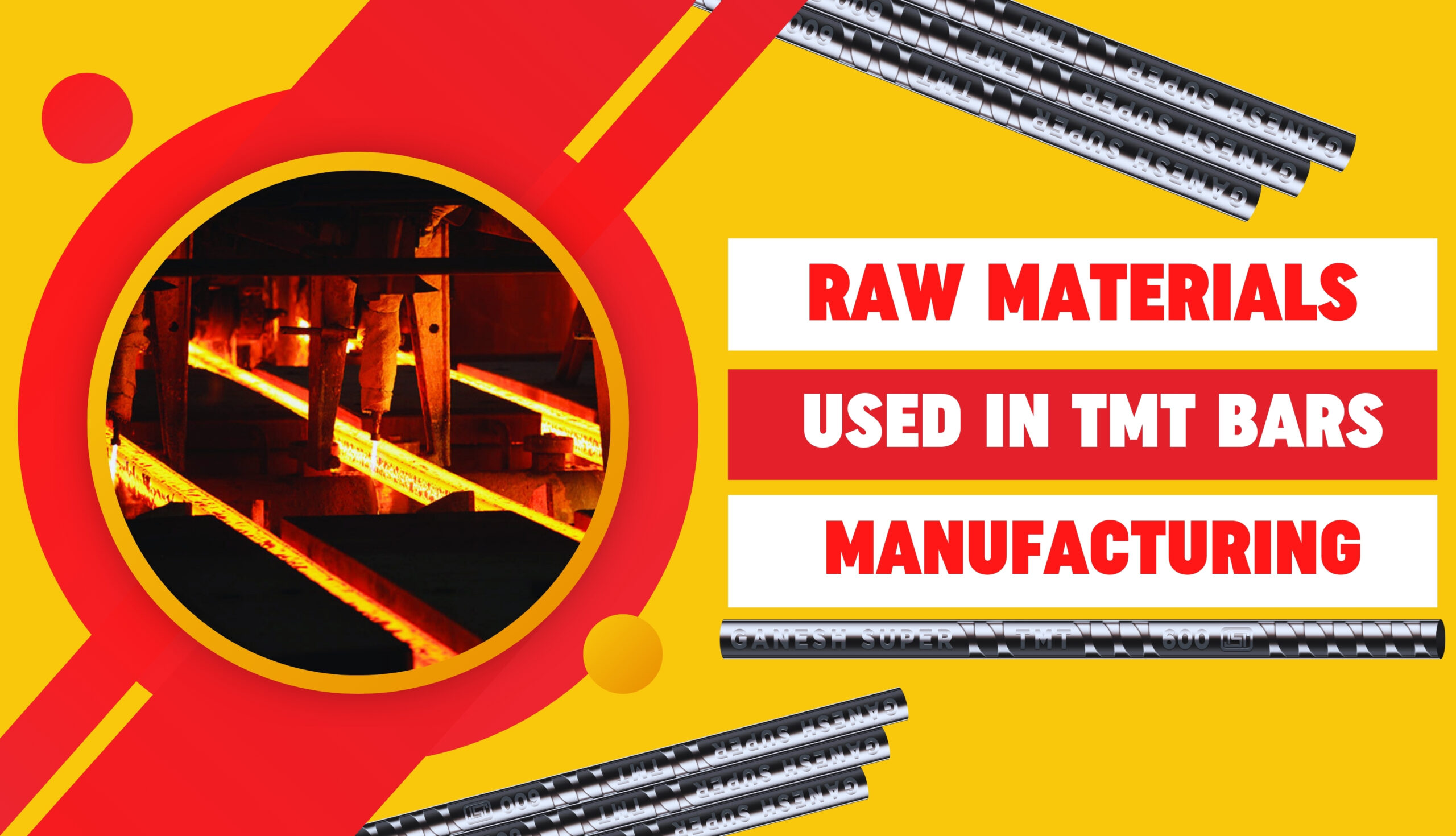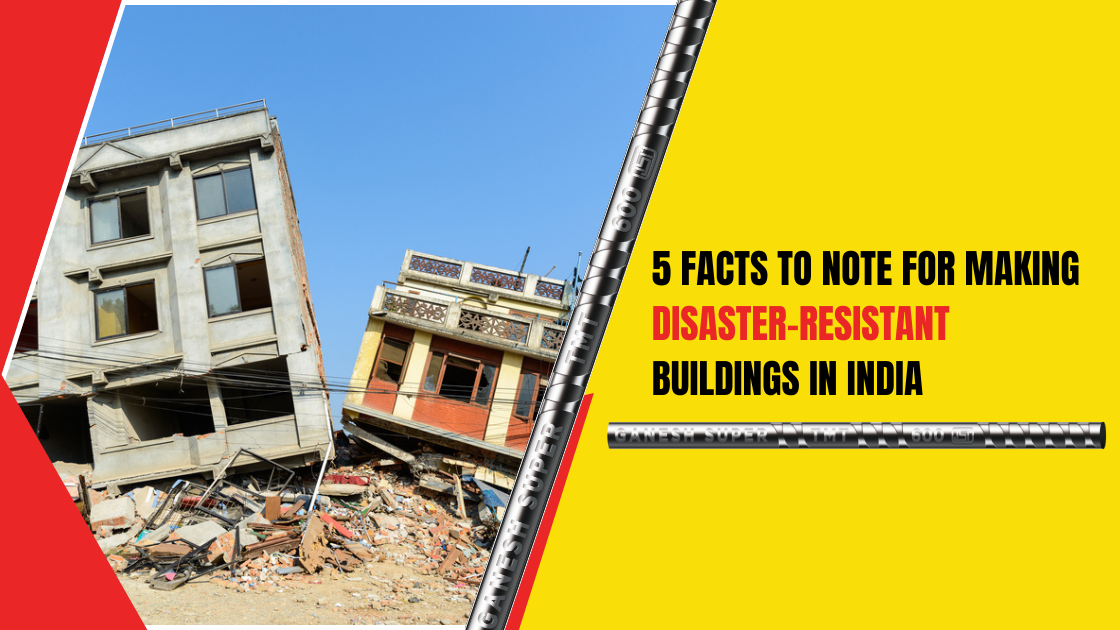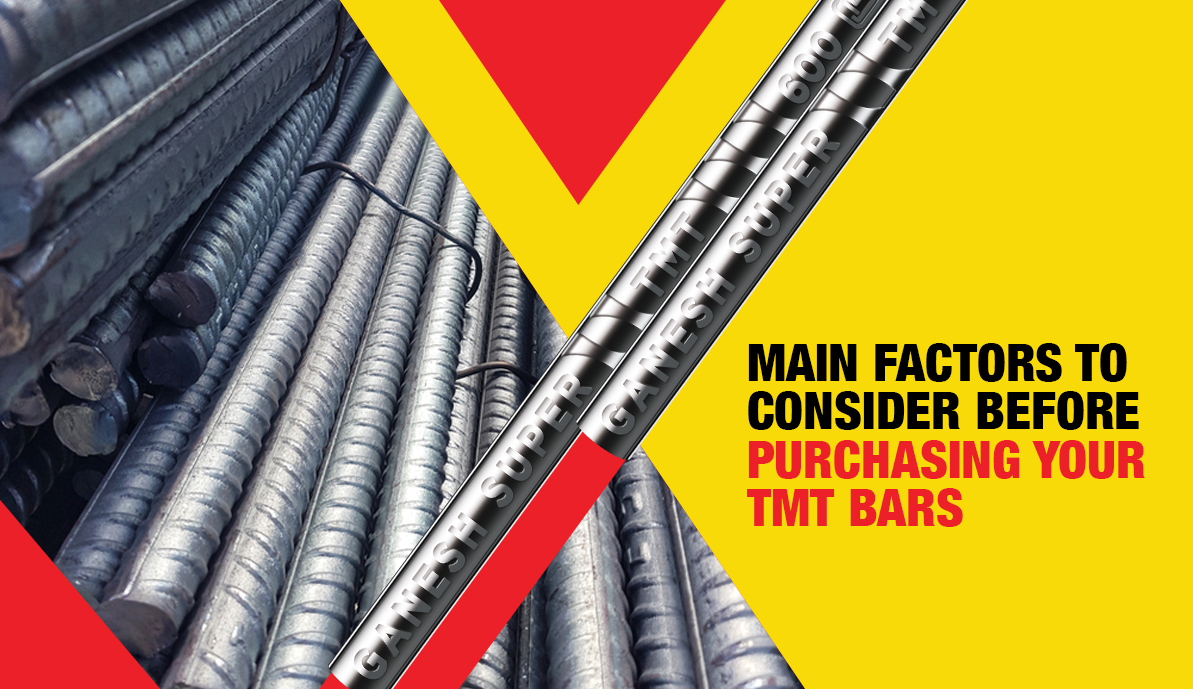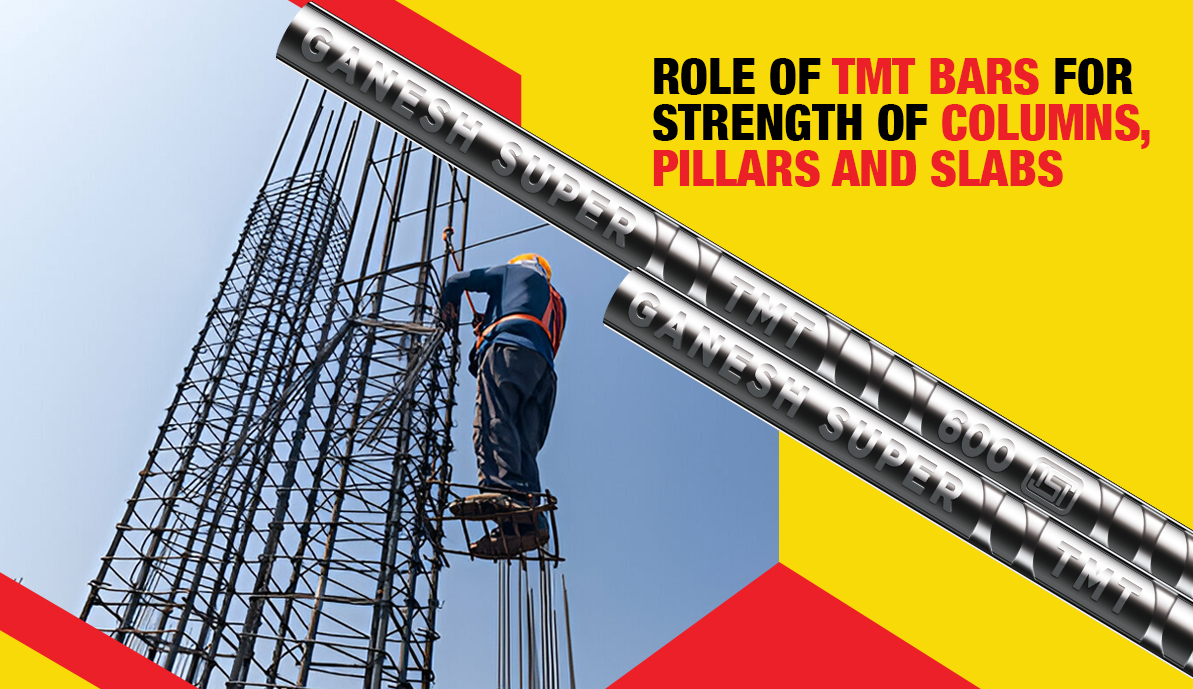TMT bars are the backbone of any constructed structure. It provides them with strength and ductility that protects these structures from external and internal harm. TMT bars are the foundation of robust construction and owe their strength to the meticulous blend of raw materials. In this blog, you will learn about the secret raw materials that TMT bar manufacturers use to make these bars.
The Main Components
Iron Ore
Iron ore is a mineral substance that can be heated to produce metallic iron. It’s a rock or mineral that can be used to extract metallic iron. Iron ore is the primary source of iron for the world’s iron and steel industries. It constitutes nearly 98% of the TMT bar’s composition. After being extracted from the mines, iron ore undergoes a series of intricate transformations. This iron ore gets converted into steel and is responsible for the core strength of TMT bars.
Coal & Coke
These two elements are both fossil fuels but are derived from different materials. Coke is produced by heating coal in the absence of air. Both coke and coal are indispensable fuel materials in the steelmaking process. This high-intensity, low-impurity fuel powers blast furnaces, melting the iron ore into a molten state essential for steel production.
Limestone & Dolomite
Limestone and dolomite are both sedimentary rocks. Limestone is mainly made of calcium carbonate, while dolomite is a mix of calcium magnesium carbonate. Dolomite contains more magnesium than limestone. These two materials are basically used as fluxes in the thermo-mechanical process for manufacturing TMT bars. In this process, iron is extracted from its ore and converted into steel. They are used as a slag former, a slag modifier, and a refractory material. They react with unwanted elements, particularly silica and alumina, creating slag that separates impurities from the molten iron, resulting in a purer form.
Alloying Elements
Alloying elements increase the strength of cast irons through their effect on the matrix. Some common alloy elements include manganese, copper, vanadium, nickel, molybdenum, and chromium. These elements are added primarily to control the matrix microstructure, having only a small effect on the solidification microstructure. These elements serve to augment specific characteristics such as strength, weldability, and corrosion resistance, tailoring the bars for distinct applications. Infusing minute quantities of these materials helps play a crucial role in refining the properties of the TMT bars.
Additional Materials
Ian, in addition to the above materials, depending on the refinement process. Supplementary materials such as ferroalloys, boron, or calcium carbide might be introduced in trace amounts for further enhancement and optimization.
Understanding Their Significance:
- Iron Ore: It is the principle ingredient in TMT bar manufacturing. It constitutes the bulk of the composition, laying the foundation and determining the primary strength and properties of the TMT bar. Iron ore gives the bars its resilience and structural integrity. The quality of the iron ore has a significant effect on the quality of the bars.
- Coal and Coke: They serve as indispensable heat sources within blast furnaces. These fuels generate the intense temperatures necessary to melt iron ore, transforming it into its molten state essential for the production of steel. The immense heat generated by coal and coke facilitates the crucial step of liquefying iron ore, a fundamental stage in steel manufacturing. This molten form of iron is the elemental core from which the TMT bar derives its strength and durability.
- Limestone and Dolomite: Act as cleansing agents, aiding in the purification of molten iron by eliminating impurities and ensuring a refined final product. Limestone serves as an indispensable heat source within blast furnaces. These fuels generate the intense temperatures necessary to melt iron ore, transforming it into its molten state essential for the production of steel. The immense heat generated by coal and coke facilitates the crucial step of liquefying iron ore, a fundamental stage in steel manufacturing. This molten form of iron is the elemental core from which the TMT bar derives its strength and durability.
- Alloying Elements: These trace elements are like precision tools, allowing TMT bar suppliers to check the product before finalising it on their own to tailor the properties of TMT bars to specific applications and requirements. By adding small quantities of elements such as manganese, chromium, or vanadium, the properties of the TMT bar can be fine-tuned. These alloying elements contribute to enhancing characteristics like strength, weldability, corrosion resistance, and other specialized properties as per the intended use, ensuring that the TMT bar meets diverse structural needs in construction projects.
The Bottom Line
Each raw material contributes significantly to the quality and performance of TMT bars. Employing superior-grade materials, employing precise processing techniques, and implementing stringent quality control measures are pivotal in ensuring that TMT bars meet exacting standards for strength, durability, and safety. Understanding the intricacies of these raw materials sheds light on the sophisticated process underpinning the creation of TMT bars, offering valuable insight into their pivotal role in constructing resilient and enduring infrastructure.





